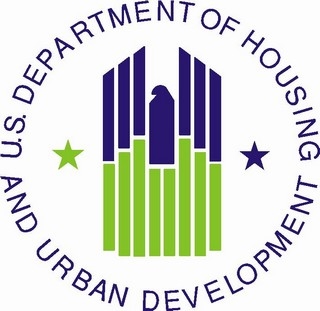Advertisement
HUD Reaches Agreement in Seattle Fair Housing Act Violation

The U.S. Department of Housing & Urban Development (HUD) announced that it has reached an agreement with the owner, builder, architect and manager of a Seattle apartment complex, resolving allegations that they discriminated against persons with disabilities by failing to design and construct the 56-unit complex in a way that meets the accessibility requirements of the Fair Housing Act.
The Fair Housing Act requires that multifamily dwellings constructed for first occupancy after March 13, 1991 contain accessible features for persons with disabilities. The requirements include accessible common areas, bathrooms, kitchens, and doors, and environmental controls that can be reached by persons who use wheelchairs.
“We are pleased to have reached an agreement that will provide accessible housing for persons with disabilities,” said Dave Ziaya, HUD's Acting Assistant Secretary for Fair Housing and Equal Opportunity. “The design and construction requirements have been the law for more than two decades and HUD will continue to do all it can to ensure that architects and developers meet their legal obligations to comply.”
The agreement settles a HUD Secretary-initiated complaint, which alleged that the owner and builder of the three-building complex, Centro LLC; its management company, Calhoun Property Management; and the architect, ECCO Design, designed and constructed units that do not comply with the Fair Housing Act’s design and construction requirements.
Specifically, an August 2013 HUD inspection of “Centro” found that its units, referred to as “apodments,” were inaccessible to persons with disabilities. For example, the project has walkways that are too steep; outlets and thermostatic controls that are too high to be reached by individuals using wheelchairs; doors with inaccessible thresholds; and bathrooms that do not contain enough space for people using wheelchairs. HUD’s inspection also found that the complex has mailboxes that are too high to be reached by individuals using wheelchairs, and a common laundry room that is too narrow for wheelchair access.
Under the terms of the agreement, the owner, builder and architectural firm will make modifications to the project’s public and common use areas and a unit to enhance accessibility. In addition, the owner, builder, and architectural firm agreed to retain the services of an accessibility consultant to conduct onsite inspections of interiors of covered units in all their other recently constructed projects and to make all recommended accessibility retrofits. The builder, architect, and other individuals responsible for accessible design features at the property will also attend Fair Housing Act design and construction training.
About the author




